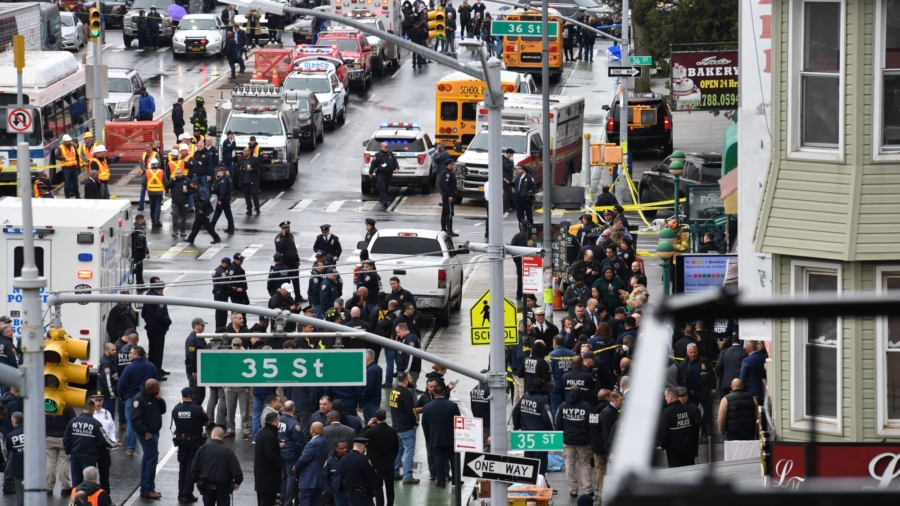New York City has officially legalized jaywalking, allowing pedestrians to cross streets outside designated crosswalks and against traffic lights.
The new law went into effect Oct. 28 after Mayor Eric Adams allowed the legislation to pass without his signature or veto, following the required 30-day waiting period.
The law was spearheaded by Council Member Mercedes Narcisse, who said, “Let’s be real, every New Yorker jaywalks.”
“People are simply trying to get where they need to go,” Narcisse wrote in an emailed statement. “Laws that penalize common behaviors for everyday movement shouldn’t exist, especially when they unfairly impact communities of color.”
The new law grants pedestrians the freedom to cross streets at any location, even outside crosswalks, and to disregard traffic signals. Though the law specifically states that doing so is no longer a violation of the city’s administrative code, jaywalking has not become an absolute right.
The new law warns that pedestrians crossing outside of a crosswalk do not have the right of way and that they should yield to other traffic that does.
Adams’ spokesperson, Liz Garcia, acknowledged the bill’s intent to reduce unnecessary enforcement but stressed that crossing against traffic signals or mid-block remains dangerous.
People may also still be liable in civil actions for accidents caused by jaywalking, Garcia added.
“All road users are safer when everyone follows traffic rules,” Garcia said in a statement. “We continue to encourage pedestrians to take advantage of safety mechanisms in place—such as daylighting, pedestrian islands, and leading pedestrian intervals—by crossing in a crosswalk with the walk signal.”
New York City’s decision aligns with a trend in other cities and states, including Denver, Kansas City, California, Nevada, and Virginia, which have decriminalized jaywalking in recent years.
“Cities that truly care about safety focus on street design, speeding, and dangerously large vehicles, not jaywalking laws,” said Mike McGinn, executive director of America Walks, a Seattle-based group that’s been advocating for lenient jaywalking legislation.
According to America Walks, the prioritization of motor vehicles in the past century has made it more difficult for pedestrians to safely cross streets.
“Twentieth-century city planning has left us with wider streets, increased distance between crosswalks (if they even exist), and a lack of adequate sidewalks,” the organization says on its website. “These design and policy decisions leave residents with no choice but to jaywalk.”
In New York City, jaywalking became an offense in 1958, with penalties reaching up to $250.
The Legal Aid Society called the legislation long overdue. The nonprofit organization, which provides free legal representation to New Yorkers that cannot afford a lawyer, said police for decades have used the violation as a pretext to stop, question, and frisk residents—especially those of color.
“With this legislation now codified, we hope that both the Adams Administration and the City Council will continue to abolish relic laws that serve no public safety purpose and only ensnare people in the criminal legal system,” the organization said in a statement.
The New York Police Department (NYPD) declined to directly comment on the new law, but said it will continue to “work tirelessly to increase traffic safety and to prevent collisions, especially those that result in injury or death.”
The Associated Press contributed to this article.

